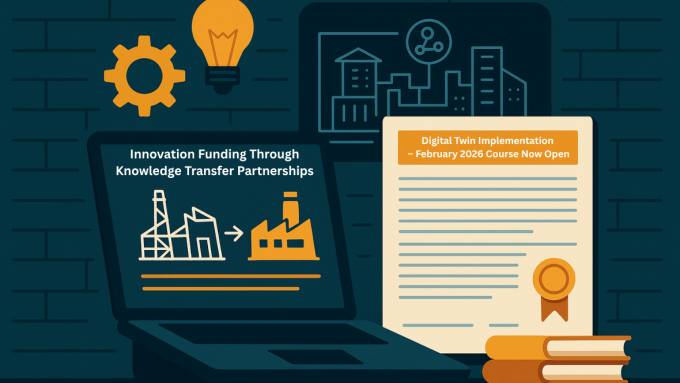The UK’s approach to delivering complex infrastructure projects is obsolete, leading to far too many projects failing to meet the expectations of their sponsors and the public. That was the conclusion reached following a detailed review commissioned by the Institution of Civil Engineers. I was lucky enough to work on the review that was published as A Systems Approach to Infrastructure Delivery (SAID) and published in December 2020.
At the centre of our findings is a call for a fundamental change of mindset. The review team, led by ex ICE Vice President Andrew McNaughton, concluded that even relatively small projects are now best seen as interventions into existing complex systems, made up of a mix of physical, human and digital components.
In this world, traditional civil engineering works, while still a large capital cost, only exists to support (or perhaps just keep dry!) these systems. It is easy to see that the system – not the civils – provides the infrastructure services on which people rely. More importantly, as Crossrail has shown us so clearly, the greatest sources of risk to a project now lie not in managing tunnelling or any other piece of heroic construction but in integrating and commissioning a fully functioning system – trains, stations, tracks, digital signalling, safety and communications, driver behaviour.
SAID proposes 8 principles for better projects that can shift the infrastructure industry in this direction. Principle 8 Data Oils your Project was built on detailed interviews with leading practitioners from inside and outside the infrastructure sector. Again and again we heard about the importance of all the project participants having access to consistent timely and reliable information. Client and owner organisations recognised that it is their responsibility to fix the data plumbing. This means having the capability to define what information is needed to deliver and operate the asset. It also means ensuring that the project’s systems convert raw data into meaningful information that flows to team members as and when they need it to make decisions.
Much of this is I think a no-brainer. What was really interesting was to see how thinking about data and digital is helping to generate a shift away from a traditional project mindset and towards a systems approach grounded in an understanding of the importance of what is already there.
Every asset owner we spoke to recognised that we are now firmly in a world where project deliver a cyber-physical asset. They also get that their digital twin can be the basis for a robust delivery and commission plan that integrates the project’s physical outputs into the existing network.
What was really interesting was to hear about the challenge of how a single project’s digital outputs can be effectively integrated into the existing cyber-physical system to create the kind of golden loop of information described in CDBB’s Flourishing Systems report of 2020. This would be real systems thinking, putting projects in their proper place in relation to the systems and human needs they are meant to be serving.
The response to SAID has been overwhelmingly positive. In response ICE has commissioned a second phase of work in which we are exploring the SAID principles with a series of live projects and infrastructure sector organisations. Later in 2021 ICE will be publishing practical advice on implementing the 8 principles based on the insight generated by these discussions. I hope that this blog can start a discussion with the CDBB network that will generate insight we can include in this advice and help the infrastructure world embrace a Systems Approach to Infrastructure Delivery



Leave a comment